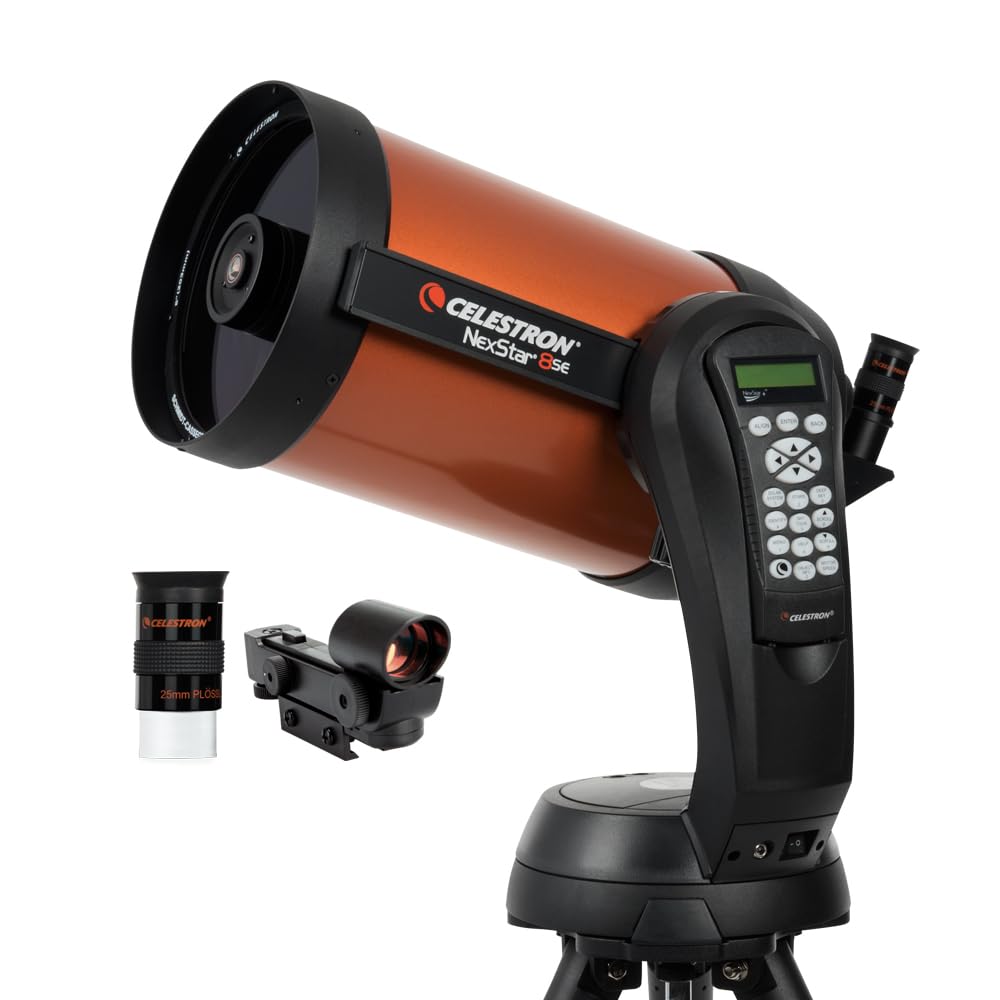Now Reading: Watch SpaceX launch more than 100 satellites to orbit today on Transporter 15 rideshare mission
-
01
Watch SpaceX launch more than 100 satellites to orbit today on Transporter 15 rideshare mission
Watch SpaceX launch more than 100 satellites to orbit today on Transporter 15 rideshare mission


SpaceX’s Transporter-15 mission is poised to deliver more than 100 spacecraft to Earth orbit.
Transporter-15 will deliver more than 100 satellites into a sun-synchronous orbit, where each will begin its own, individualized mission. A livestream of the launch will be available on the SpaceX Transporter-15 mission website, the company’s profile on X, as well as on Space.com beginning about 15 minutes prior to liftoff.
The mission continues SpaceX’s increasing frequency of rideshare launches, and follows on the heels of the late-summer liftoff of the Transporter-14 flight, which delivered dozens of cubesats, tech demos and research craft into low Earth orbit (LEO).
Not all of Transporter-15’s payloads were confirmed or identified before launch, but among those that have, there are notable contributions from organizations like the European Space Agency (ESA) and the Taiwan Space Agency (TASA), as well as companies and organizations like Planet Labs, SEOPS, Leaf Space and various universities and educational institutions.
ESA’s HydroGNSS-1 and HydroGNSS-2 satellites will fly as part of the agency’s first Scout mission. They will study Earth’s water cycle using the Global Navigation Satellite System (GNSS) reflectometry measurement technique to quite literally “scout for water,” according to ESA.
Taiwan is launching the FORMOSAT-8A Earth-imaging satellite, as well as three domestically built cubesats: Bellbird-1, Black Kite-1 and TORO-8U-1, from Tron Future Tech, Rapidtek Technologies Inc. and Pyras Technology Inc., respectively. They will test high-speed data transferal communications, Internet of Things (IoT) technologies and conduct remote sensing to monitor algae, plankton and ocean health.
Pelican imaging satellites 5 and 6, as well as 36 SuperDoves in the “Flock 4H” group, have been included on the rideshare launch by Planet Labs. The company’s expanding Earth-observation Pelican network is designed to “efficiently capture fleeting and emerging events, especially those that may anticipate new patterns or risks,” the Planet Labs website says. The accompanying SuperDoves will join Planet Labs’ PlanetScope monitoring mission.
SEOPS will utilize Transporter-15 to demonstrate its custom payload integration capabilities with the deployment of a wide range of student-built, scientific and commercial spacecraft. They include four payloads managed by Alba Orbital. Also flying is Hungary’s HUNITY, a new “pocketqube” platform for even smaller cubesats, measuring as small as 2 inches (5 centimeters). Two of these pocketqubes are SARI-1 and SARI-2 from the Saudi space agency, which will perform telemetry, IoT experiments and other research. Alba is also flying the ANISCSAT mission from Azerbaijan, which will study environmental conditions in LEO.
SEOPS is managing two cubesats for CS3, called WISDOM and Mauve. WISDOM, part of ESA’s NAVISP program, will test collision avoidance and deorbiting technologies using a 6U cubesat that will separate into two individual 3U spacecraft, while Mauve, a 16U cubesat, will conduct ultraviolet astronomy using a 13-cm telescope.
SEOPS is also handling NASA’s 3UCubed-A, designed to measure precipitating electrons and ultraviolet emissions at Earth’s poles, SatRev’s PW-6U Earth-imaging satellite for customers in the agricultural and energy industries, and TRYAD-1 and 2, lightning observation satellites built by students at the University of Alabama in Huntsville and Auburn University, and funded by the U.S. National Science Foundation.
A large portion of the satellites on Transporter-15 will be supported by Leaf Space. In a demonstration of its growing ground infrastructure, the Italian company will add 31 of Transporter-15’s payloads to its Leaf Line ground station network — roughly 30% of the launch’s total spacecraft. Those 31 will join 140 spacecraft that utilize the network, operated by various commercial customers who rely on Leaf Space for tracking and telemetry data.
Previous Booster 1071 missions
Data on many of Transporter-15’s payloads has yet to be released, and the mission’s full manifest will likely not be known until after the launch is complete.
Due to the large number of payloads and the diversity of their missions, the Falcon 9’s second stage will feature a longer-than-usual deployment process, beginning about 55 minutes after launch and lasting about two hours. The Falcon 9’s first stage, booster 1071, is expected to land about 8.5 minutes after liftoff on SpaceX’s “Of Course I Still Love You” droneship, stationed in the Pacific Ocean. This will be the 30th flight for B1071, which has previously launched 18 Starlink missions, four rideshare missions, five national security missions and two missions carrying Earth-observation satellites.
Stay Informed With the Latest & Most Important News
Previous Post
Next Post
-
 012024 in Review: Highlights from NASA in Silicon Valley
012024 in Review: Highlights from NASA in Silicon Valley -
 02Panasonic Leica Summilux DG 15mm f/1.7 ASPH review
02Panasonic Leica Summilux DG 15mm f/1.7 ASPH review -
 03How New NASA, India Earth Satellite NISAR Will See Earth
03How New NASA, India Earth Satellite NISAR Will See Earth -
 04And Thus Begins A New Year For Life On Earth
04And Thus Begins A New Year For Life On Earth -
 05Astronomy Activation Ambassadors: A New Era
05Astronomy Activation Ambassadors: A New Era -
06SpaceX launch surge helps set new global launch record in 2024
-
 07Space Force plans new ‘Futures Command’ amid pressure to speed up modernization
07Space Force plans new ‘Futures Command’ amid pressure to speed up modernization




















